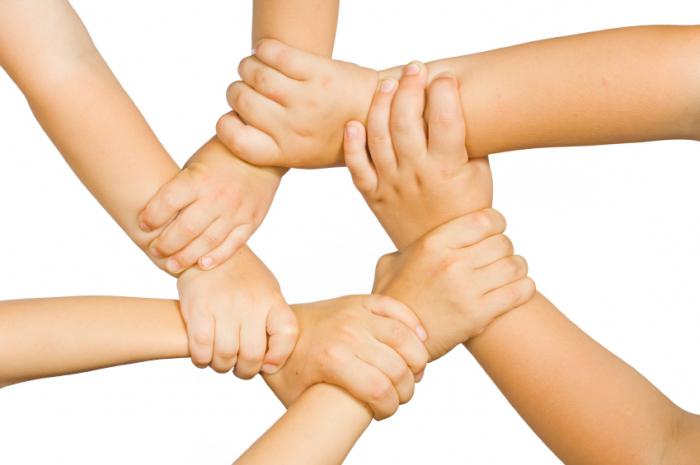Role Of Communication ln Language is very important concept.Animals do not have the gift of communication. They have no language what little animals have to inform each other, it can just be reported without speech. Many animals possess vocal organs, facial expressions but these funds are very different from human speech: why human language is unique: It is a continuous process of knowing the world and a mean of communication between peoples’ experience to others. It helps to identify and meet the material and spiritual needs of people, unites them into society in order to achieve well-being and spiritual values.
The emergence of language has radically changed the nature and role of human communication. Under the influence of the speech there was a process of formation of the human brain as an organ of consciousness and thinking. Se we will see how language plays its role in society:
Communication in human life and society performs a variety of functions, among which:
- Transfer and exchange of information;
- It is used for Social joint activities and cooperation of the people;
- It tells Psychological behavior of human being.
- Develops personal qualities of mankind for example abilities and skills.
Common types of communication:
Communication surrounds every day in the lives of people; the most common activity is at home with the family. Another important place in human life is in business communication, for example: official duties.
The most common types of communication are conversation and discussion. By common varieties of communication are disputes, talks, interviews, discussions, meetings, press – conferences.
You Must Know The Role Of Communication In Language And Society
Language is a collection of sounds and symbols, which has a certain value. It is an important tool for human interaction and communication. Through language we can express their thoughts in the form of verbal material.
Language is not only a tool for communication; it is also a historical memory of each people. It is a social phenomenon, because it is impossible to master social relations. Man does not have the gift of speech since birth. A small child begins to speak only if he manages to learn to repeat the phonetic sounds that produce the people around him.
There are several classifications of communication functions. VN Panferov highlights are six:
- communicative(implementation of the relationship of people to the level of individual, group and social interaction)
- information(information exchange between people)
- cognitive(understanding of values based on the concepts of imagination and fantasy)
- emotive(a manifestation of the individual’s emotional connection with reality)
- connotative(control and correction of mutual positions)
- creative(development of people and the formation of new relationships between them)
- expressive(understanding feelings and emotional states)
- social control (regulation of behavior and activity)
- Socialization(formation of skills of interaction in society in accordance with the rules and regulations), and others.
Sources of information in the communication:
- signals directly from another person;
- signals from their own spokes man perceptual systems;
- Information on the results of operations;
- Information from the inner experience;
- Information on the likely future.
Means of communication
Empathy –The ability to comprehend the emotional state of another person. The process of understanding each other is complicated by the phenomenon of reflection. These include infection, suggestion, persuasion and imitation.
Infection – this unconscious exposure to certain mental states. It manifests itself through the transfer of certain emotional states (such as “sick” in the stadiums during sports events)
.Persuasion – reasoned impact on the consciousness of the individual.
Imitation – if it is done playing features of the behavior of another person, ie, we are talking about the assimilation of the proposed models of behavior.
Communication in language involves several key components and processes. I’ll present this information in a tabular format for clarity.
| Component | Description |
|---|---|
| Sender | The individual or entity initiating the communication. They have a message they wish to convey. |
| Message | The information, ideas, or feelings that the sender wants to communicate. This can be in the form of spoken words, written text, body language, or symbols. |
| Encoding | The process by which the sender translates the message into a form that can be communicated. This includes choosing specific words or symbols. |
| Communication Channel | The medium used to send the message. Examples include spoken language, written text, sign language, digital communication (e.g., email, social media). |
| Receiver | The individual or entity for whom the message is intended. They receive and interpret the message. |
| Decoding | The process by which the receiver interprets or ‘decodes’ the message, understanding its meaning based on their knowledge and context. |
| Feedback | The response of the receiver back to the sender, indicating whether the message has been understood or if further clarification is needed. |
| Context | The environment or situation in which the communication takes place. This can significantly affect the meaning and reception of the message. |
| Noise | Any interference that distorts or interrupts the message during transmission. This can be literal noise or metaphorical, like language barriers or distractions. |
This framework helps in understanding the complex process of communication in language, highlighting the various stages and elements involved from the inception to the reception of a message.
